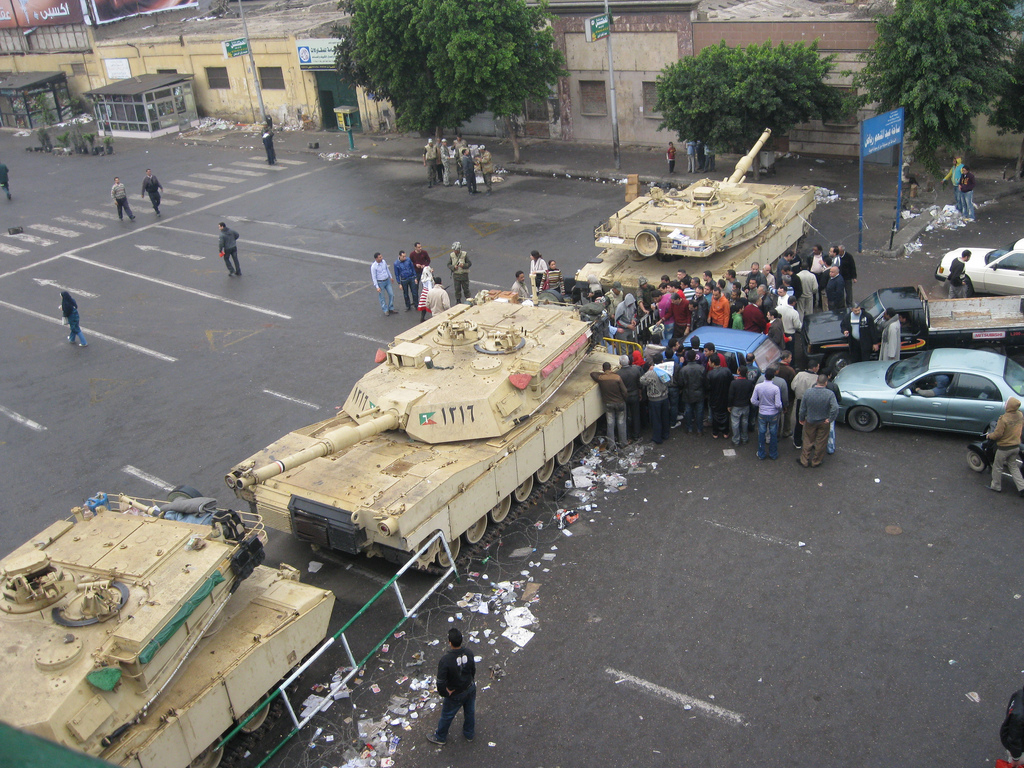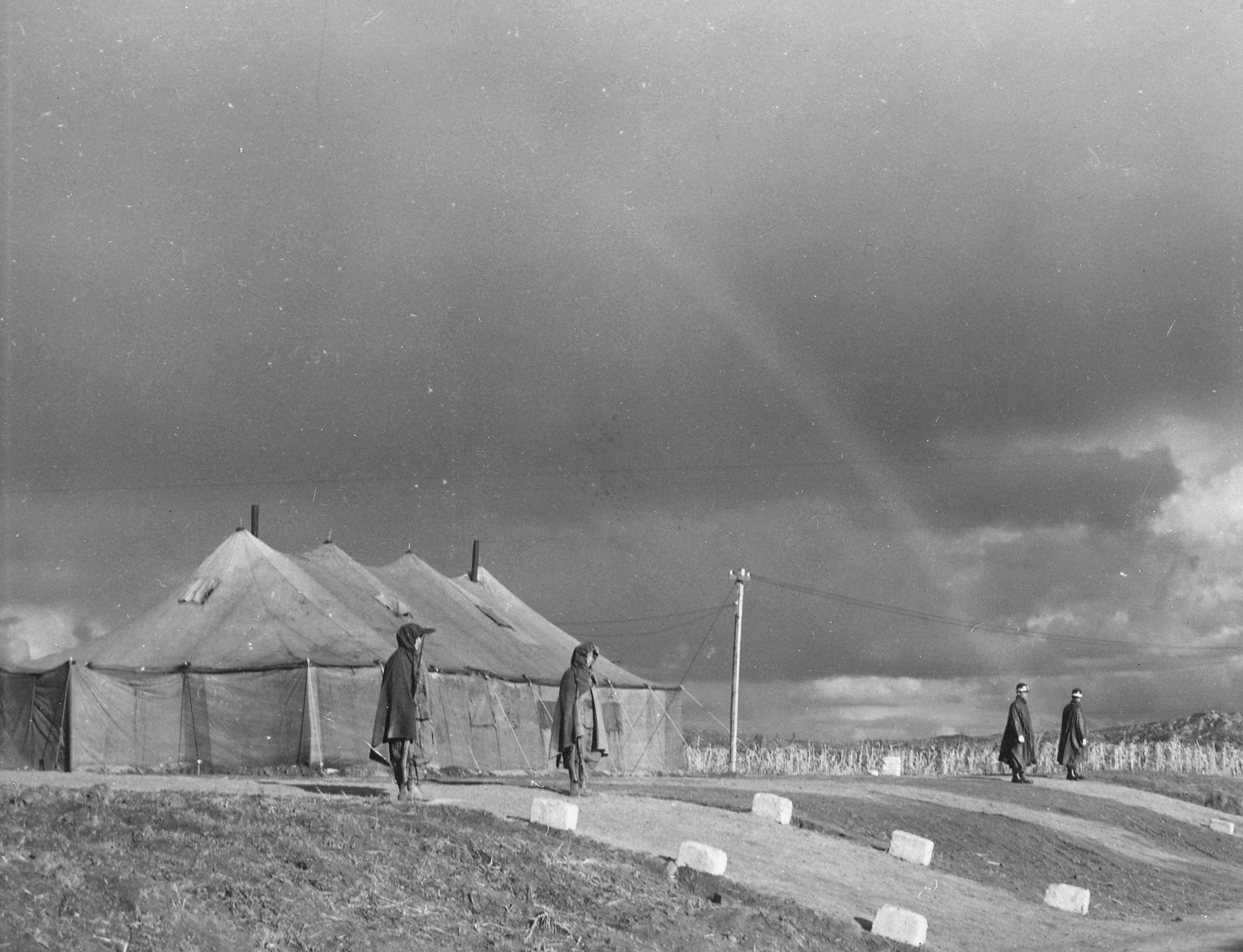|
Truth And Reconciliation Commission (South Korea)
The Truth and Reconciliation Commission ( ko, 진실·화해를위한과거사정리위원회), established on December 1, 2005, is a South Korean governmental body responsible for investigating incidents in Korean history which occurred from Japan's rule of Korea in 1910 through the end of authoritarian rule in South Korea with the election of President Kim Young-sam in 1993. The body has investigated numerous atrocities committed by various government agencies during Japan's occupation of Korea, the Korean War, and the authoritarian governments that ruled afterwards. The commission estimates that tens of thousands of people were executed in the summer of 1950. The victims include political prisoners, civilians who were killed by US forces, and civilians who allegedly collaborated with communist North Korea or local communist groups. Each incident investigated is based on a citizen's petition, with some incidents having hundreds of petitions. The commission, staffed by ... [...More Info...] [...Related Items...] OR: [Wikipedia] [Google] [Baidu] |
Government Of South Korea
The Government of South Korea is the union government of the Republic of Korea, created by the Constitution of South Korea as the executive, legislative and judicial authority of the republic. The president acts as the head of state and is the highest figure of executive authority in the country, followed by the prime minister and government ministers in decreasing order. The Executive and Legislative branches operate primarily at the national level, although various ministries in the executive branch also carry out local functions. Local governments are semi-autonomous and contain executive and legislative bodies of their own. The judicial branch operates at both the national and local levels. The South Korean government's structure is determined by the Constitution of the Republic of Korea. This document has been revised several times since its first promulgation in 1948 (for details, see History of South Korea). However, it has retained many broad characteristics; with the ... [...More Info...] [...Related Items...] OR: [Wikipedia] [Google] [Baidu] |
Gwangbokjeol
The National Liberation Day of Korea is a holiday celebrated annually on 15 August in both South and North Korea. It commemorates Victory over Japan Day, when the United States and the Soviet Union liberated Korea from 35 years of Japanese rule. Etymology In South Korea it is known as ''Gwangbokjeol'' (; ), and is one of the public holidays in South Korea. In North Korea it is known as ''Chogukhaebangŭi nal'' (; ), and is also one of the public holidays in North Korea. The name ''Gwangbokjeol'' is composed from the Korean words 광 (gwang), meaning “light”; 복 (bok), meaning “restoration”; and 절 (jeol), meaning “holiday”. The word “restoration” is used rather than the word for “independence”, 독립 (dongnip), in order to illustrate how Korea had been a nation for centuries prior to Japanese rule. History The day marks the annual anniversary of the announcement that Japan would unconditionally surrender on August 15, 1945. All forces of the Impe ... [...More Info...] [...Related Items...] OR: [Wikipedia] [Google] [Baidu] |
Yusin Constitution
The fourth Republic of Korea () was the government of South Korea from November 1972 to March 1981. The Fourth republic was founded on the approval of the Yushin Constitution in the 1972 constitutional referendum, codifying the ''de facto'' dictatorial powers held by President Park Chung-hee, and succeeding the third republic. Park and his Democratic Republican Party ruled under the centralized and authoritarian Yushin System until the assassination of Park on 26 October 1979. The Fourth Republic entered a period of political instability under Park's successor, Choi Kyu-hah, and the escalating martial law declared after Park's death. Choi was unofficially overthrown by Chun Doo-hwan in the coup d'état of December Twelfth in December 1979, and began the armed suppression of the Gwangju Democratization Movement against martial law. Chun launched the coup d'état of May Seventeenth in May 1980, establishing a military dictatorship under the National Council for Reunificati ... [...More Info...] [...Related Items...] OR: [Wikipedia] [Google] [Baidu] |
Four Asian Tigers
The Four Asian Tigers (also known as the Four Asian Dragons or Four Little Dragons in Chinese and Korean) are the developed East Asian economies of Hong Kong, Singapore, South Korea, and Taiwan. Between the early 1960s and 1990s, they underwent rapid industrialization and maintained exceptionally high growth rates of more than 7 percent a year. By the early 21st century, these economies had developed into high-income economies, specializing in areas of competitive advantage. Hong Kong and Singapore have become leading international financial centres, whereas South Korea and Taiwan are leaders in manufacturing electronic components and devices. Large institutions have pushed to have them serve as role models for many developing countries, especially the Tiger Cub Economies of southeast Asia. In 1993, a World Bank report ''The East Asian Miracle'' credited neoliberal policies with the economic boom, including the maintenance of export-oriented policies, low taxes and minimal wel ... [...More Info...] [...Related Items...] OR: [Wikipedia] [Google] [Baidu] |
Coup D'état
A coup d'état (; French for 'stroke of state'), also known as a coup or overthrow, is a seizure and removal of a government and its powers. Typically, it is an illegal seizure of power by a political faction, politician, cult, rebel group, military, or a dictator. Many scholars consider a coup successful when the usurpers seize and hold power for at least seven days. Etymology The term comes from French ''coup d'État'', literally meaning a 'stroke of state' or 'blow of state'. In French, the word ''État'' () is capitalized when it denotes a sovereign political entity. Although the concept of a coup d'état has featured in politics since antiquity, the phrase is of relatively recent coinage.Julius Caesar's civil war, 5 January 49 BC. It did not appear within an English text before the 19th century except when used in the translation of a French source, there being no simple phrase in English to convey the contextualized idea of a 'knockout blow to the existing administratio ... [...More Info...] [...Related Items...] OR: [Wikipedia] [Google] [Baidu] |
Park Chung-hee
Park Chung-hee (, ; 14 November 1917 – 26 October 1979) was a South Korean politician and army general who served as the dictator of South Korea from 1961 until his assassination in 1979; ruling as an unelected military strongman from 1961 to 1963, then as the third President of South Korea from 1963 to 1979. Before his presidency, he was the second-highest ranking officer in the South Korean army and came to power after leading a military coup in 1961, which brought an end to the interim government of the Second Republic. After serving for two years as chairman of the military junta, he was elected president in 1963, ushering in the Third Republic. During his rule, Park began a series of economic reforms that eventually led to rapid economic growth and industrialization, now known as the Miracle on the Han River, giving South Korea one of the fastest growing national economies during the 1960s and 1970s, albeit with costs to economic inequality and labor rights. This e ... [...More Info...] [...Related Items...] OR: [Wikipedia] [Google] [Baidu] |
April Revolution
The April Revolution ( ko, 4.19 혁명), also called the April 19 Revolution or April 19 Movement, were mass protests in South Korea against President Syngman Rhee and the First Republic from April 11 to 26, 1960 which led to Rhee's resignation. Protests opposing Rhee were started by student and labor groups in the southeastern port city of Masan on April 11. The protests were triggered by the discovery of the body of a local high school student who had been killed by police during demonstrations against rigged elections in March. Popular discontent had arisen due to Rhee's autocratic rule, corruption, use of violence against political opposition, and uneven development of South Korea. The Masan discovery led to large student protests in Seoul, which were violently suppressed; a total of 186 people were killed during the two weeks of protest. Rhee resigned on April 26 before fleeing to exile in the United States, and was replaced by Yun Posun, beginning the transition to the ... [...More Info...] [...Related Items...] OR: [Wikipedia] [Google] [Baidu] |
National Assembly Of South Korea
The National Assembly of the Republic of Korea, often shortened to the National Assembly in domestic English-language media, is the unicameral national legislature of South Korea. Elections to the National Assembly are held every four years. The latest legislative elections were held on 15 April 2020. The National Assembly has 300 seats, with 253 constituency seats and 47 proportional representation seats; 30 of the PR seats are assigned on additional member system, while 17 PR seats use the parallel voting method. The unicameral assembly consists of at least 200 members according to the South Korean constitution. In 1990 the assembly had 299 seats, 224 of which were directly elected from single-member districts in the general elections of April 1988. Under applicable laws, the remaining seventy-five representatives were elected from party lists. By law, candidates for election to the assembly must be at least thirty years of age. As part of a political compromise in 1987, an ... [...More Info...] [...Related Items...] OR: [Wikipedia] [Google] [Baidu] |
Martial Law
Martial law is the imposition of direct military control of normal civil functions or suspension of civil law by a government, especially in response to an emergency where civil forces are overwhelmed, or in an occupied territory. Use Martial law can be used by governments to enforce their rule over the public, as seen in multiple countries listed below. Such incidents may occur after a coup d'état ( Thailand in 2006 and 2014, and Egypt in 2013); when threatened by popular protest (China, Tiananmen Square protests of 1989); to suppress political opposition ( martial law in Poland in 1981); or to stabilize insurrections or perceived insurrections. Martial law may be declared in cases of major natural disasters; however, most countries use a different legal construct, such as a state of emergency. Martial law has also been imposed during conflicts, and in cases of occupations, where the absence of any other civil government provides for an unstable population. Examples of ... [...More Info...] [...Related Items...] OR: [Wikipedia] [Google] [Baidu] |
Korean Armistice Agreement
The Korean Armistice Agreement ( ko, 한국정전협정 / 조선정전협정; zh, t=韓國停戰協定 / 朝鮮停戰協定) is an armistice that brought about a complete cessation of hostilities of the Korean War. It was signed by United States Army Lieutenant General William Harrison Jr. and General Mark W. Clark representing the United Nations Command (UNC), North Korea leader Kim Il-sung and General Nam Il representing the Korean People's Army (KPA), and Peng Dehuai representing the Chinese People's Volunteer Army (PVA). The armistice was signed on 27 July 1953, and was designed to "ensure a complete cessation of hostilities and of all acts of armed force in Korea until a final peaceful settlement is achieved." During the 1954 Geneva Conference in Switzerland, Chinese Premier and foreign minister Chou En-lai suggested that a peace treaty should be implemented on the Korean peninsula. However, the US secretary of state, John Foster Dulles, did not accommodate this attemp ... [...More Info...] [...Related Items...] OR: [Wikipedia] [Google] [Baidu] |





